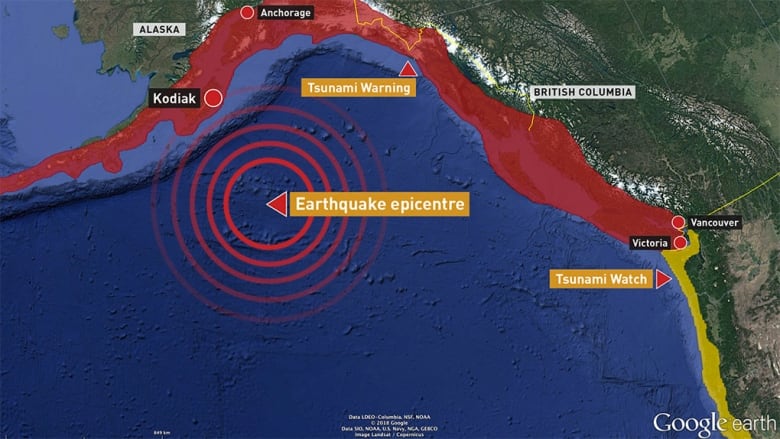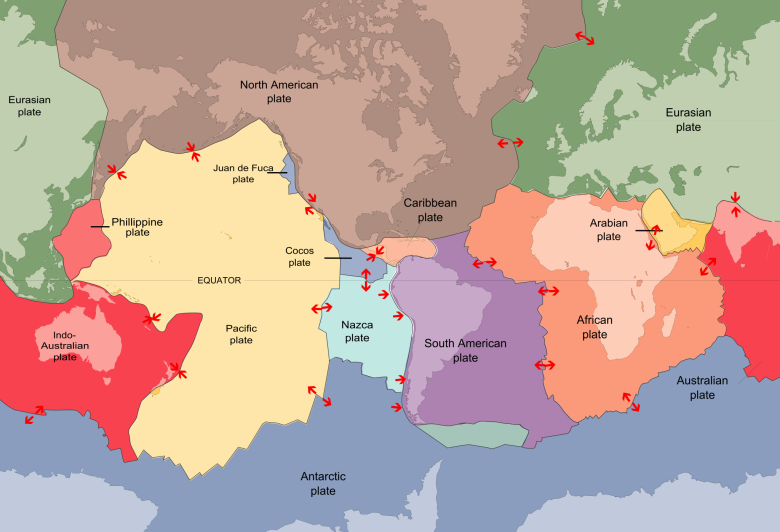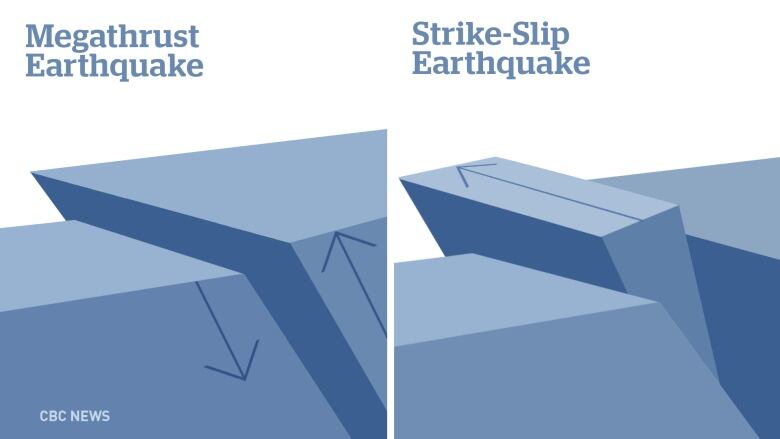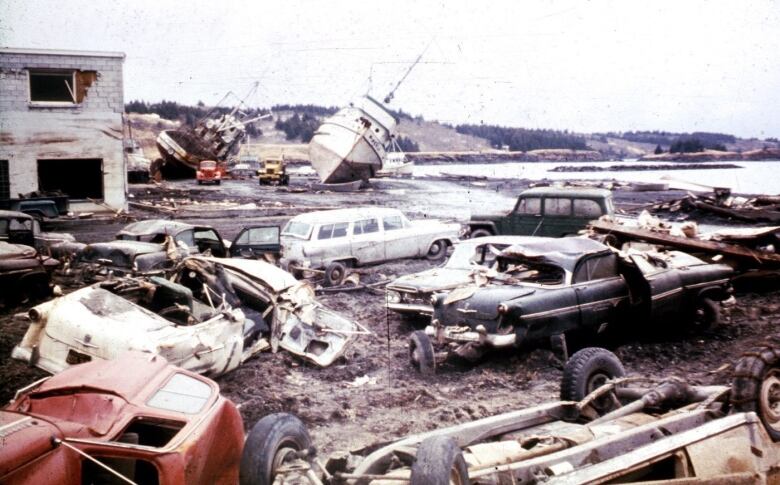Why B.C. and Alaska avoided a massive tsunami
'If it had occurred 90 km to the west ... we could have seen a massive tsunami,' Johanna Wagstaffe says

Coastal communities in British Columbia and Alaska were evacuated to higher ground early Tuesdaymorning after tsunami warning sirens blared following a large earthquake off the coast of Alaska.But the warning was later cancelled without any reported tsunami damage. Why?
Tsunamis are giant waves which can be more than30 metres high generated by large earthquakes,and can cause massive damage. The 2004 Boxing Day tsunami in the Indian Ocean killed more than 200,000 people. More recently, a massive earthquake and tsunami in Japan in 2011,caused major damage and a meltdown at the Fukushimanuclear power plant.
Tuesday'searthquake struck at 1:31 a.m. PT in the Pacific Ocean about 250 kilometres southeast of Chiniak, Alaska.The U.S. Geological Survey initially reported the quake's strength at 8.2 and later revised that to 7.9, with a depth of 25 kilometres below the surface. At least three aftershocks were reported.
Earth is comprised of moving slabs of rockcalled plates. Areas where they meet are called fault lines. When these move against each other we get earthquakes.

According to the International Tsunami Information Centre, the most destructive tsunamis are generated from large, shallow earthquakes those with a magnitude higher than 7.5and less than 70 kilometres below the surface with an epicentre or fault line near or on the ocean floor.
Tuesday'searthquake met those criteria.
But the type of earthquake also matters, reports CBCseismologist Johanna Wagstaffe.
She said the quake struck in an area where there is a transition between two types of earthquakes:
- Strike-slip, where two tectonic plates slide horizontally past each other.
- Megathrust, where one plate slides under the other, also called subduction.
"This kind of earthquake was what is called a strike-slip earthquake," Wagstaffe said. "That means there isn't as much vertical displacement. So when you're thinking of these rocks on the ocean floor, it didn't punch up like some other earthquakes have."
- 'Slow slip' earthquake season raises risk of 'The Big One'
- Why the risk of the 'Big One' in B.C. is heightened every 14 months
Instead of the water being displaced upward and forward, this water was moved much less by the horizontal motion. A fortunate circumstance for anyone living along the coast.
In the case of the 2004 and 2011 earthquakes, there was more vertical motion, which had devastating consequences. Roughly 225,000 were killed in the 2004 earthquake; 20,000 people were killed in Japan in 2011.
Motion of the plates
The West Coast is an area with quite a few fault lines that can result in various motions, Wagstaffeexplains.
"Where the Gulf of Alaska curves, you end up getting a splay of fault lines," she said. "There's a really interesting section where this earthquake occurred where you can get all different kinds of motion happening. If it hadoccurred 90 kilometresto the west then it would have been a subduction earthquake and we could have seen a massive tsunami."

And it's not without precedent.
On March 27, 1964, a 9.2 magnitude earthquake occurred off the coast of Alaska at a depth of 25 kilometres. Rather than being a strike-slip, it was a megathrust and produced a tsunami that rose 30 metres in some areas, killing more than 130 people.

"This is a reminder that we live in a seismically active area of the world.It's also a reminder that we get different kinds. We're waiting for the 'Big One,' but we could also get a smaller earthquake, shallower closer to a major city. That would be devastating."
Wagstaffe said the West Coast can expect after shocks over the next few days or even weeks.
For now, seismologists will gather data collected from the earthquake to better understand the risks along the West Coast.
"We are quite vulnerable to a lot of different earthquake risks here."
- LISTEN| CBCpodcast series Fault Lines
Corrections
- An earlier version of this story said tsunamis can be up to 30 metres high. In fact, some can be more than 30 metres high.Jan 24, 2018 7:53 AM ET
- An earlier version of the story mistakenly said that large, shallow earthquakes were less than 70 metres deep with a magnitude higher than 7.5. It fact, they are less than 70 kilometres below the surface with a magnitude higher than 7.5.Jan 23, 2018 2:05 PM ET












_(720p).jpg)


 OFFICIAL HD MUSIC VIDEO.jpg)
.jpg)



























































































